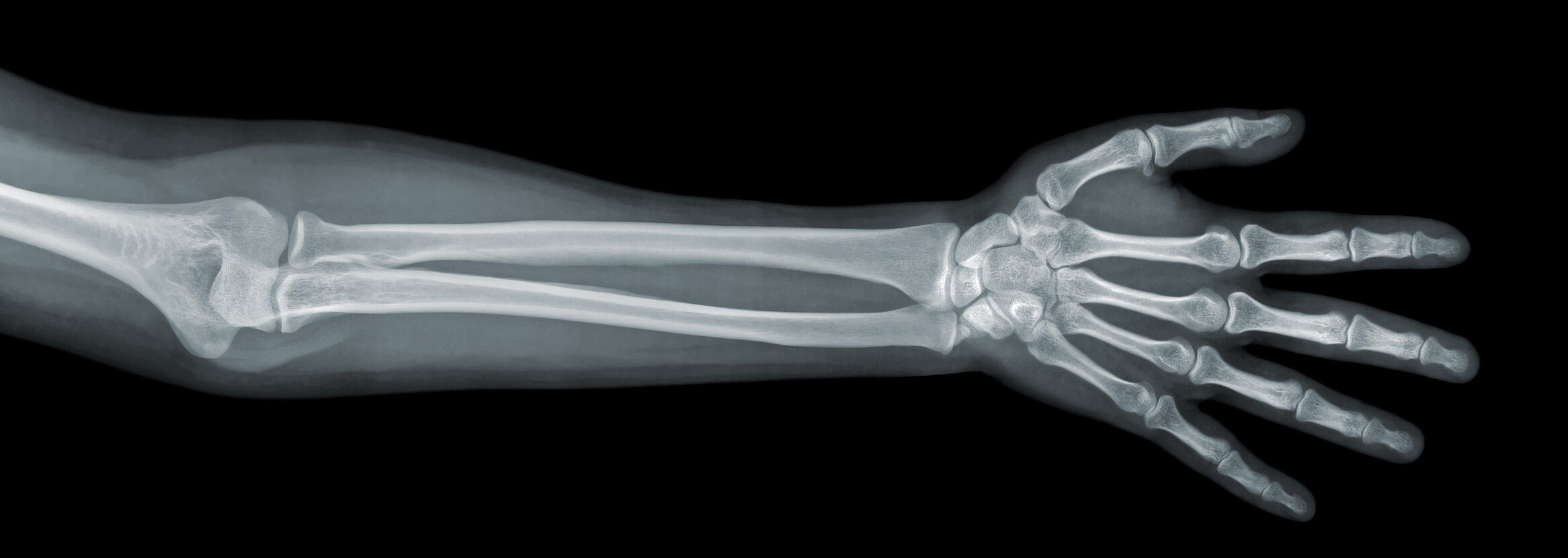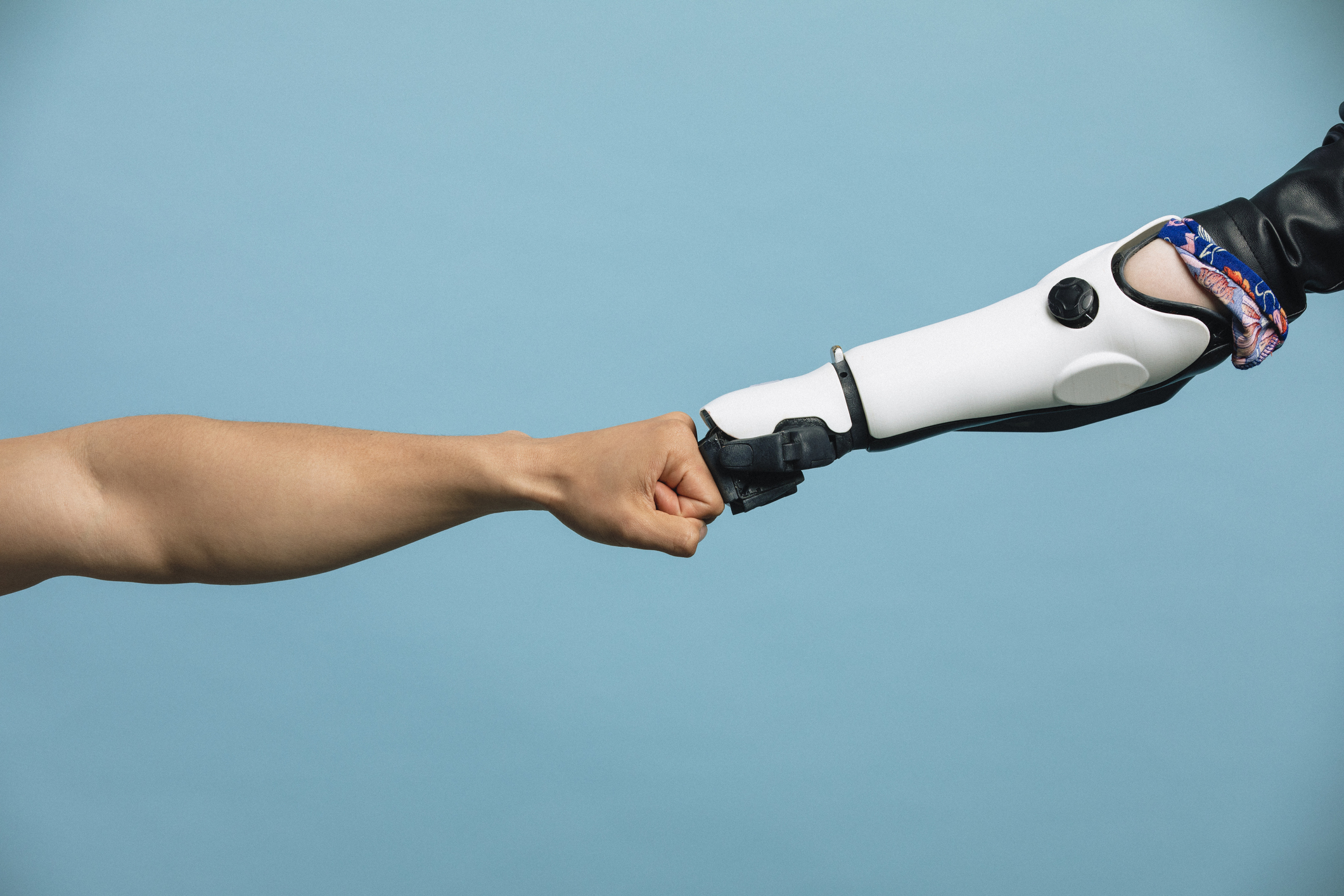Learning objectives
Knowledge
- To explain the role of a skeleton.
Working scientifically
- To group animals based on their physical properties.
Success criteria
Knowledge
- I can name
This content is for subscribers only. Join for access today.
National curriculum
Science
Animals, including humans
Pupils
This content is for subscribers only. Join for access today.
Cross-curricular links
English
Spoken language
Pupils should
This content is for subscribers only. Join for access today.
Before the lesson
This content is for subscribers only. Join for access today.
Lesson plan
Recap and recall
Before starting this unit, check the children can recall the following key facts from the units Science, Year 1/2 (A): Animals, including humans: Life cycles and health and Science, Year 1/2 (A): Living things and their habitats: Habitats: Living things need air/oxygen, food/nutrients and water to survive. The life processes include movement, reproduction, sensitivity, growth,…
This content is for subscribers only. Join for access today.
Extended-mode explainer videos
How to extend your display to view the lesson page and preseantion mode simultaneously. Choose your operating system below to watch the video
If you need further support with extending your display,
please contact [email protected].
Extended-mode explainer video: For Mac
Extended-mode explainer video: For Windows
Adaptive teaching
Pupils needing extra support
Could be provided with a pre-cut version of the Activity: Split pin skeleton; could be offered a list of the joints (neck, shoulder, elbow, wrist, hip, knee and ankle) when labelling their skeleton; could use page one of the Knowledge organiser to help sort the Resource: Sorting animal skeletons or when building the split pin skeleton and labelling the joints.
Pupils working at greater depth
Could label their skeleton with organs and a broader range of joints, for example, finger and toe joints, back and jaw; should predict the outcome of certain bones being broken and explain how the function may be affected, for example, if the ribs were broken the heart or lungs may not be protected or an arm bone that is broken may stop the elbow joint from moving; could choose an extension activity relating to skeletons or joints from the Resource: Stretch and challenge: Movement and nutrition.
This content is for subscribers only. Join for access today.
Assessing progress and understanding
Pupils with secure understanding indicated by: recalling the three key functions of
This content is for subscribers only. Join for access today.
Knowledge outcomes
- I can name the three key functions of the skeleton: movement, support and protection.
- I can recall that vertebrates are animals with a backbone/spine and invertebrates are animals without a backbone/spine.
- I can recall that an endoskeleton is a skeleton found on the inside of the body and an exoskeleton is a skeleton found on the outside of the body.
- I can describe joints as a point where more than one bone meets to allow movement, such as the elbow or knee.
This content is for subscribers only. Join for access today.
Vocabulary definitions
-
bone
Hard structure that makes up the skeleton.
-
endoskeleton
A skeleton on the inside of the body.
This content is for subscribers only. Join for access today.




